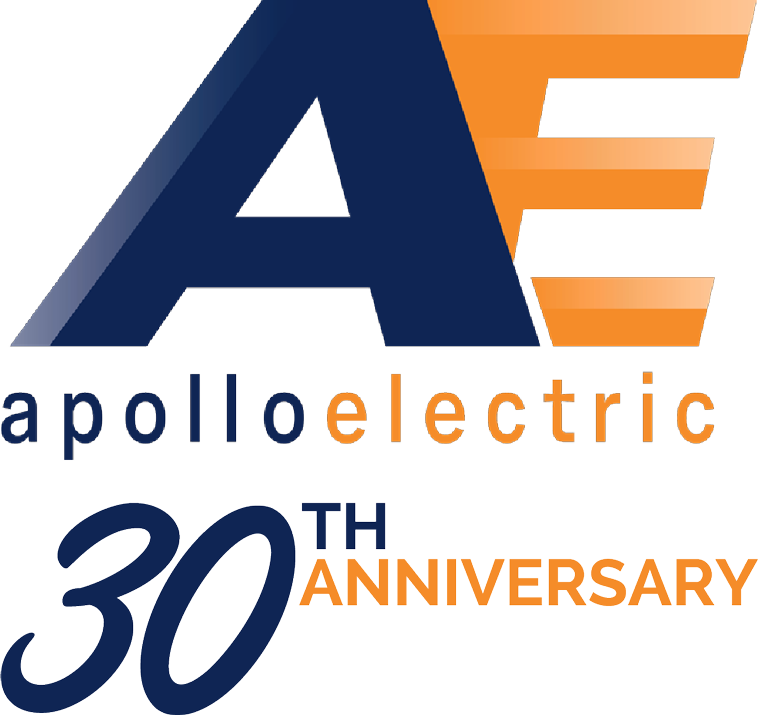
Illuminate Commercial Space with High-Intensity Discharge Lighting
The Ins and Outs of High-Intensity Discharge Lighting
Do you know about high-intensity discharge lighting? It’s certainly a mouthful, but once you look past the seemingly complex name, you’ll discover a fascinating lighting technology with an array of benefits for your office or commercial space. Let’s look at what high-intensity discharge lighting is and what it can do for you.
What is high-intensity discharge lighting?
High-intensity discharge (HID) lights are a type of gas discharge lamp that produces light by creating an electric arc between two tungsten electrodes through an ionized gas. Different types of HID lamps use different gasses (more on that later). The gas, electrodes, and metal salts are hermetically sealed inside a special tube, usually made from quartz. That quartz tube is then surrounded and protected by an outer glass bulb. Each HID lamp also contains a ballast, which is needed to start the lamp, regulate the bulb’s electrical current, and generally ensure the entire unit operates correctly.
What are the types of high-intensity discharge lighting?
There are three types of HID lights:
- Mercury vapor lamps: Mercury vapor lamps are the oldest type of high-intensity discharge lamp, having been around for more than 80 years. These lamps consist of an inner arc discharge tube that is made of quartz and contains mercury gas. The main advantages of mercury vapor lamps are their long lifespan of 24,000 hours and high intensity. You often see these types of lamps in landscape lighting, parking lot lighting, and security lighting.
- Metal halide lamps: Metal halide lamps are similar to mercury vapor lamps, but use metal halide additives inside the arc tube along with the mercury and argon. These additives enable the lamp to produce more visible light per watt (typically double the output of mercury lamps) with better color rendition. Metal halides have a lifespan of up to 15,000 hours and are ideal for sports arenas, stadiums, large auditoriums, and convention halls.
- High-pressure sodium (HPS) lamps: Unlike mercury and metal-halide lamps, HPS lamps do not contain starting electrodes. Rather, the ballast circuit includes a high-voltage electronic starter. The arc tube is made of a ceramic material which can withstand temperatures higher than 2,300°F. The arc tube is filled with xenon and a sodium-mercury gas mixture. HPS lamps are the brightest of the HID lamps, making them ideal for outdoor and industrial applications, especially when good color rendering is not a priority. Their life span can vary anywhere from 10,000 hours to 24,000 hours.
What are the pros and cons of high-intensity discharge lighting?
So now that you know more about the ins and outs of HID lighting let’s look at some of the pros and cons.
Pros
- HID lights deliver strong, bright light a long way.
- HID lights last a long time when compared to other lighting sources.
- HID lights don’t emit large amounts of light pollution, which can be an important consideration depending on your city or state’s regulations.
Cons
- HID lights require a higher voltage as they age. As a result, the unit heats up so much that it often shuts itself down and won’t restart until it cools.
- HID lights may last about 20,000 hours, but their light quality diminishes after about 10,000 hours.
- HID lights are not as efficient as LEDs, fluorescent bulbs, and other lights.
Do you need high-intensity discharge lighting for your commercial space?
Even though you know more about HID lighting, you still may be wondering if you need it for your commercial space. Fortunately, you don’t need to make that decision on your own. Apollo Electric’s team of professional and friendly contractors will come to your office, warehouse, or industrial space and recommend the best lighting solutions. Apollo Electric has been providing the five boroughs of New York City with exceptional electrical services since 1995. Contact Apollo Electric today.

